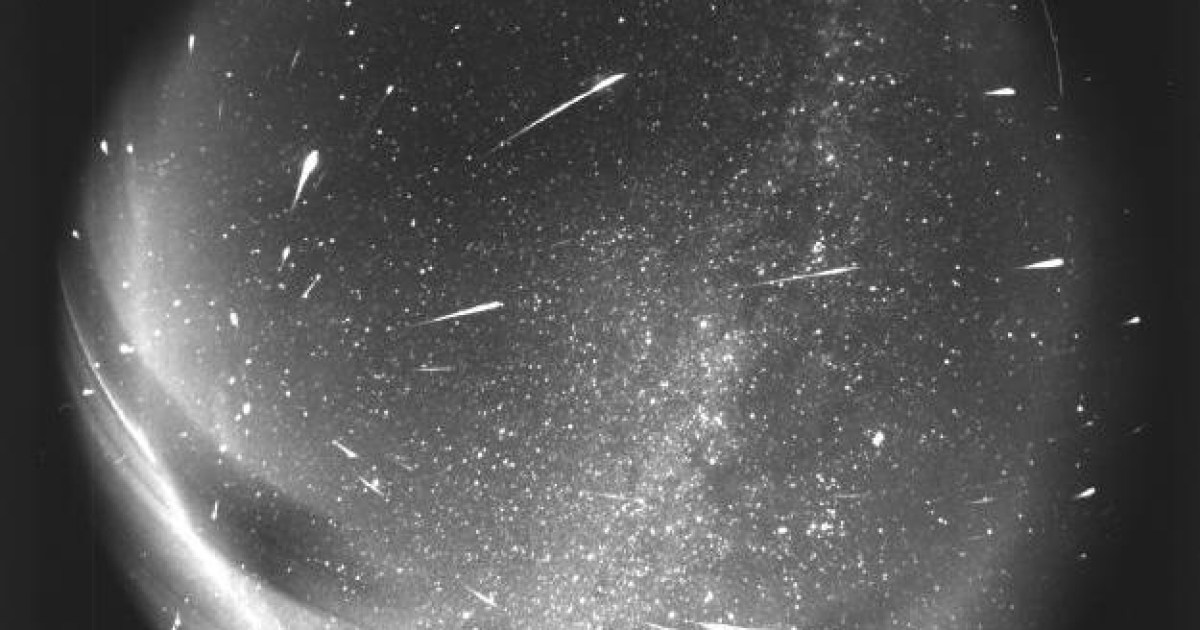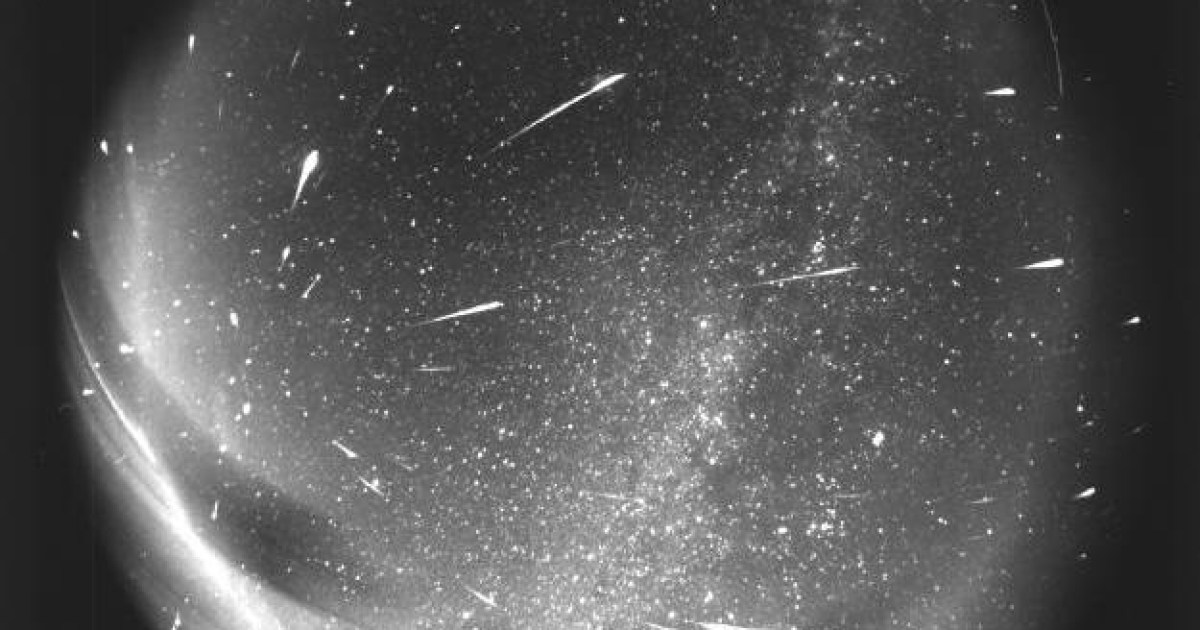
NASA has just released its monthly video (above) offering tips on what to look out for in the skies over the coming weeks.
It’s a busy one, with November’s highlights including viewings of Venus, Jupiter, Saturn, a beautiful crescent moon, and the Leonid meteors.
First up, you’ll be able to easily spot brightly lit Jupiter during the night, clear skies permitting. It sets just before dawn, at precisely the time Venus starts to rise, so if you’re up before dawn with a clear view of the horizon, you have a chance to see both planets on opposites sides of the sky.
On the morning of November 9, treat yourself to a view of a gorgeous crescent moon hanging just beneath Venus in the early morning sky before sunrise.
A week later, on November 17, you can see a crescent moon sitting low in the southwest — this time by itself — in the twilight following sunset. “Thanks to the moon illusion, which causes the rising or setting moon to look larger, a crescent moon low near the horizon often appears extra captivating,” NASA said.
After sunset on November 20, Saturn makes an appearance. Look toward the south to see the planet just above a quarter moon, with the pair joined by bright stars Fomalhaut and Altair. Four days later, you’ll see an almost full moon close to Jupiter after sunset.
As November draws to a close, check out Venus rising in the morning with the bright Spica star nearby (actually Spica comprises two large stars that orbit around each other).
This month is prime time for the annual Leonid meteor shower. The shower, which features dust particles from comet Tempel-Tuttle, peaks overnight on November 17, with the most meteors visible between midnight and dawn on the 18.
“Leonids tend to be bright, with many producing long trains that persist for a few seconds after the initial flash of light,” NASA says, adding that for the best view, “find a safe, dark spot away from bright lights, lie down and look straight up.”
Final tip: NASA has just released a new app for iPhone and Android that makes it easier than ever to spot the International Space Station as it passes overhead at an altitude of around 250 miles. It’s packed with features and lets you set up notifications so you know exactly when it’s coming by your neighborhood. And it’s easy to spot with the naked eye, too!
Editors’ Recommendations
Services Marketplace – Listings, Bookings & Reviews
